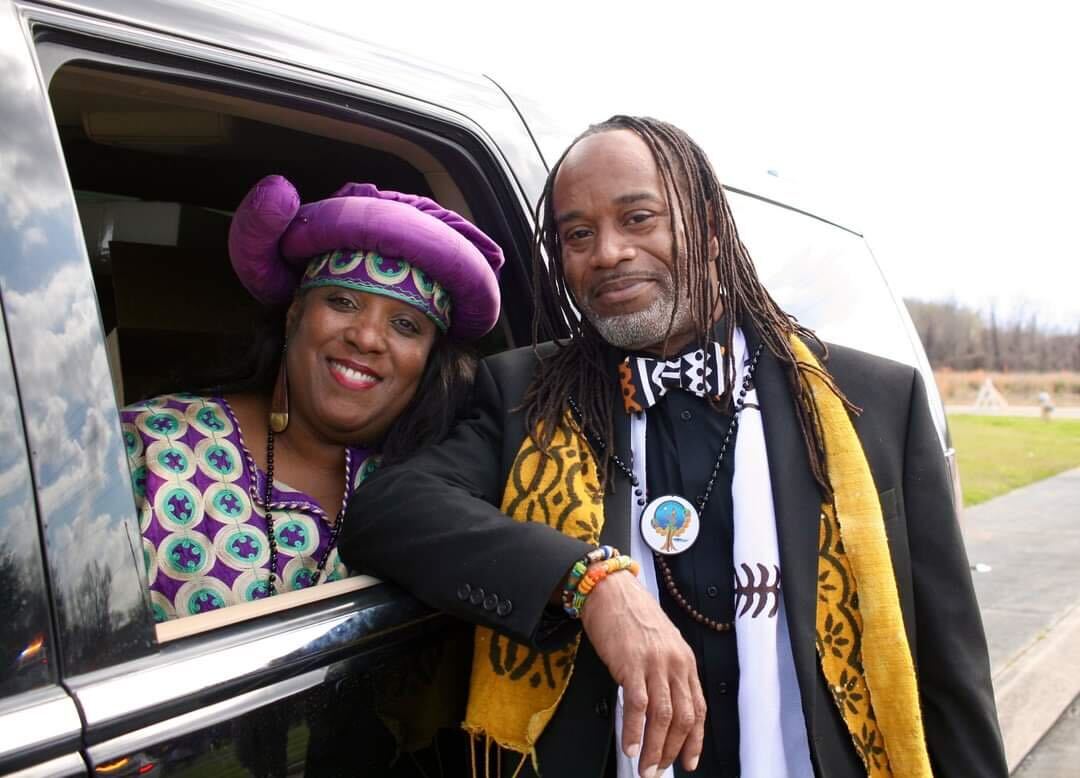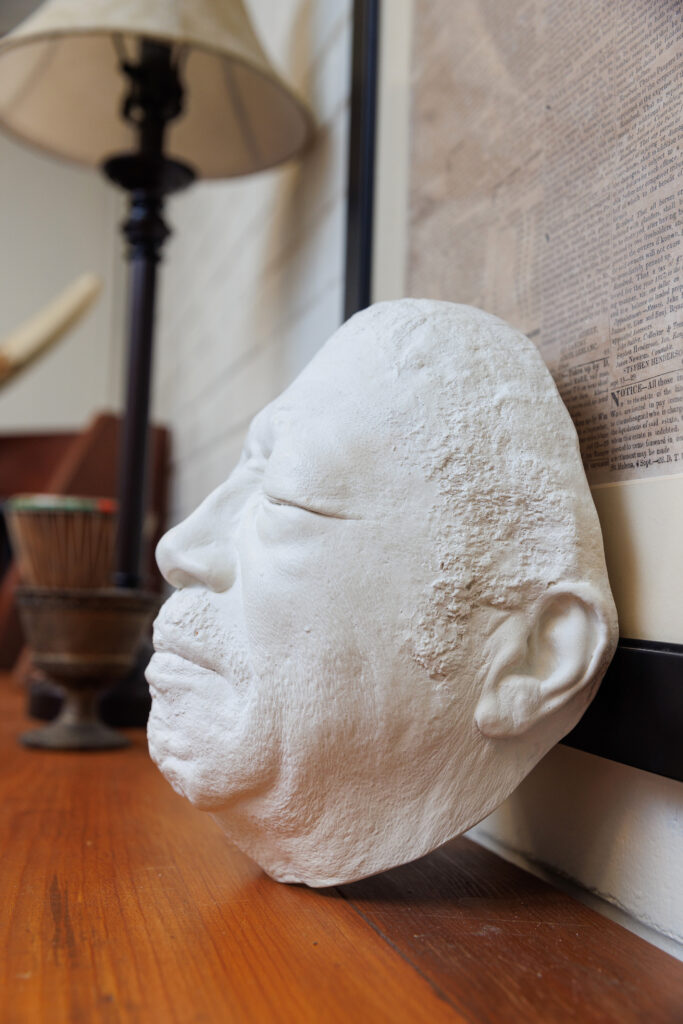There was a party in the streets of downtown last summer for the Baton Rouge African American Museum. Timed with Juneteenth, the festivities celebrated the museum’s official move to a new, larger home.
A brass band played, snoballs flowed and supporters of the museum carried items from its longtime location in a former shotgun house on South Boulevard to the new nearly 8,000-square-foot site at 805 St. Louis Street. And though things have been quieter for the museum since that jubilant day—it’s currently open by appointment only—the family behind it has been working hard to make the new site more interactive and educational.
Angela Machen and Jason Roberts, children of the late activist and BRAAM founder Sadie Roberts-Joseph, are spearheading the project.
|
|
|
“I see now how important this is to the community. It is not just about preserving our mother’s legacy,” Machen says. “It’s more than that. It’s filling a need. … It’s using history to build futures.”
The full transformation of the museum will break ground as soon as this month, according to Machen and Roberts.
Student resource and small business centers are slated to launch this summer, along with history reading and recording rooms. There will be space to display rotating works from local artists. A bus from the Baton Rouge Bus Boycott that Roberts-Joseph acquired before her death will also be restored and worked into the design.
“She was relentless,” Machen says.

The museum’s history dates back to the ’90s, when Roberts-Joseph started showcasing a small exhibit at community centers and churches during Kwanzaa and Black History Month. It included posters and newspaper clippings gifted from Odell S. Williams, a retired school teacher who would sneak the items into classrooms to teach about Black Americans’ contributions during the segregation era.
“(Williams) didn’t feel as though any Black child could truly feel as though they were a part of the American story if they had never seen anyone who looked like them being shown as contributing to the American story,” Roberts says.
Over the years, interest in Roberts-Joseph’s collection grew and she continued to amass more artifacts, eventually moving the collection in 2001 to its former home, the Odell S. Williams Now And Then Museum of African American History.
Through her work, Roberts-Joseph also became close with now-Mayor Sharon Weston Broome, to whom she voiced her desire to one day move the museum to a larger, more prominent space downtown. After Roberts-Joseph was killed in 2019, Broome took action.
“After her passing, Mayor Broome took it upon herself to ensure that my mom’s wishes were met,” Roberts says.
The following year, the Metro Council agreed to move the museum into a former municipal building a few blocks from the Raising Cane’s River Center. BRAAM was also allotted $250,000 in Capital Outlay funds to transform the space.
Working with an architect and in phases, the initial renovation will open up the former office building to better display Roberts-Joseph’s collection.
“At the last location, everything was kind of pushed together because she was lacking space,” Roberts says. “So the new location will allow us more space to actually spread her collection out.”
The renovation will also open the museum up to an outdoor courtyard where Machen and Roberts envision hosting events with other nonprofits.
There are plans to add on a teaching kitchen soon, where African cooks can host demonstrations. The duo wants to build up to providing racial sensitivity training in the future, too.
Right now, Roberts and Machen are working to ensure they have the proper funding in place to get construction rolling and completed. They plan to launch a brick pavers fundraiser in the coming weeks.
“This is going to be a community effort,” Machen says. “This belongs to the community. It’s for the community.” braamuseum.org
What’s on display

A few of the cultural and historical artifacts visitors can find at BRAAM:
• African masks. Roberts says his mother’s collection of African masks is a major attraction for museum visitors. It includes masks from Gambia, Nigeria and Ghana.
• Bo Didley Lifecast. Artist Sharon McConnell Dickerson donated a lifecast of the legendary blues artist Bo Didley to Roberts-Joseph. Dickerson is a blind sculptor known for her collection of lifelike and specialized molds of legendary musicians.
• Centuries-old editions of The Baton Rouge Gazette. The museum features framed clippings from the long-defunct newspaper that show what life was like for enslaved people in Louisiana during the 1800s.
|
|
|
• A slave’s work pass. This historic artifact was used when an enslaved person was hired out, often to work at another plantation. They were required to wear passes at all times or faced punishment.
•A collection of periodicals featuring President Barack Obama. A large bookshelf features a display of magazines and books that celebrate the candidacy and inauguration of America’s first Black president.
This article originally appeared in the February 2024 issue of 225 magazine.





